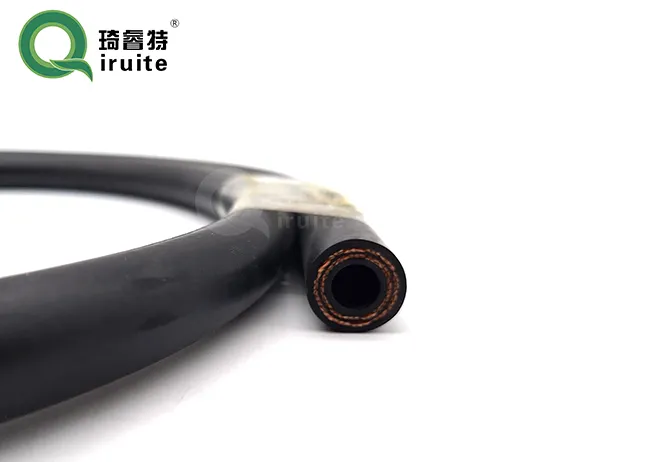Jeep Power Steering Hose Replacement and Maintenance Tips for Optimal Performance
Understanding Jeep Power Steering Hoses A Comprehensive Guide
When it comes to maintaining a Jeep’s performance and safety, the power steering system plays a vital role. The power steering hose is a crucial component of this system, responsible for transporting hydraulic fluid to and from the power steering pump and the steering gear. Understanding the function, types, maintenance, and common issues related to Jeep power steering hoses can help you ensure the longevity and reliability of your vehicle.
The Function of Power Steering Hoses
Power steering hoses are designed to handle high-pressure hydraulic fluid, which allows drivers to steer their vehicles with ease. The system reduces the amount of physical effort required to turn the steering wheel, making it especially useful for larger vehicles like Jeeps. The power steering hose transfers hydraulic fluid from the pump to the steering gear and vice versa, facilitating smooth and responsive steering.
Types of Power Steering Hoses
Jeep power steering systems generally use two types of hoses high-pressure hoses and low-pressure return hoses.
1. High-Pressure Hose This hose carries pressurized fluid from the power steering pump to the steering gear. High-pressure hoses are typically made of durable materials that can withstand high levels of pressure. They are often reinforced with materials like steel braiding to prevent bursting under pressure.
2. Low-Pressure Return Hose This hose returns the fluid from the steering gear back to the pump. It operates at a significantly lower pressure and is usually made from more flexible materials to allow for easier movement and installation.
Signs of a Failing Power Steering Hose
Like any other component of your vehicle, power steering hoses can wear out over time. Here are some common signs that indicate you may need to inspect or replace your Jeep’s power steering hoses
- Leaking Fluid One of the most obvious signs of a failing power steering hose is fluid leaks. If you notice red or brownish fluid pooling under your Jeep, it’s a sign that the hose may be damaged or worn out.
jeep power steering hose

- Difficulty Steering If you experience stiffness or difficulty steering your Jeep, this could indicate a problem with the power steering system, including a failing hose.
- Whining Noise A whining or groaning noise when turning the steering wheel can point to low fluid levels
. If the power steering fluid is low due to a leak in the hose, it can cause noise and reduce steering effectiveness.- Burning Smell If the power steering fluid leaks onto hot engine components, it can produce a burning smell. This not only indicates a problem with the hose but could also lead to more significant issues if not addressed promptly.
Maintenance Tips
Regular maintenance of your Jeep’s power steering system can help prolong the life of the hoses and ensure smooth operation. Here are some tips
1. Inspect Regularly Check the power steering hoses for any signs of wear, such as cracks, bulges, or leaks. Regular inspections can help catch problems early.
2. Fluid Checks Keep an eye on your power steering fluid levels. If you regularly need to top off the fluid, investigate where the leak may be coming from.
3. Professional Servicing Have a certified mechanic inspect your power steering system during routine vehicle check-ups. They can identify potential issues and recommend necessary repairs.
4. Use Quality Parts If you need to replace a power steering hose, opt for high-quality, OEM (Original Equipment Manufacturer) parts to ensure proper fit and durability.
Conclusion
Understanding the importance and function of Jeep power steering hoses can help you maintain your vehicle’s performance and handling. By staying vigilant for signs of wear and performing routine maintenance, you can ensure that your Jeep remains safe and enjoyable to drive. Whether you're an off-road enthusiast or a daily commuter, a well-functioning power steering system is essential for controlling your Jeep efficiently.
-
Ultimate Spiral Protection for Hoses & CablesNewsJun.26,2025
-
The Ultimate Quick-Connect Solutions for Every NeedNewsJun.26,2025
-
SAE J1401 Brake Hose: Reliable Choice for Safe BrakingNewsJun.26,2025
-
Reliable J2064 A/C Hoses for Real-World Cooling NeedsNewsJun.26,2025
-
Heavy-Duty Sewer Jetting Hoses Built to LastNewsJun.26,2025
-
Fix Power Steering Tube Leaks Fast – Durable & Affordable SolutionNewsJun.26,2025

